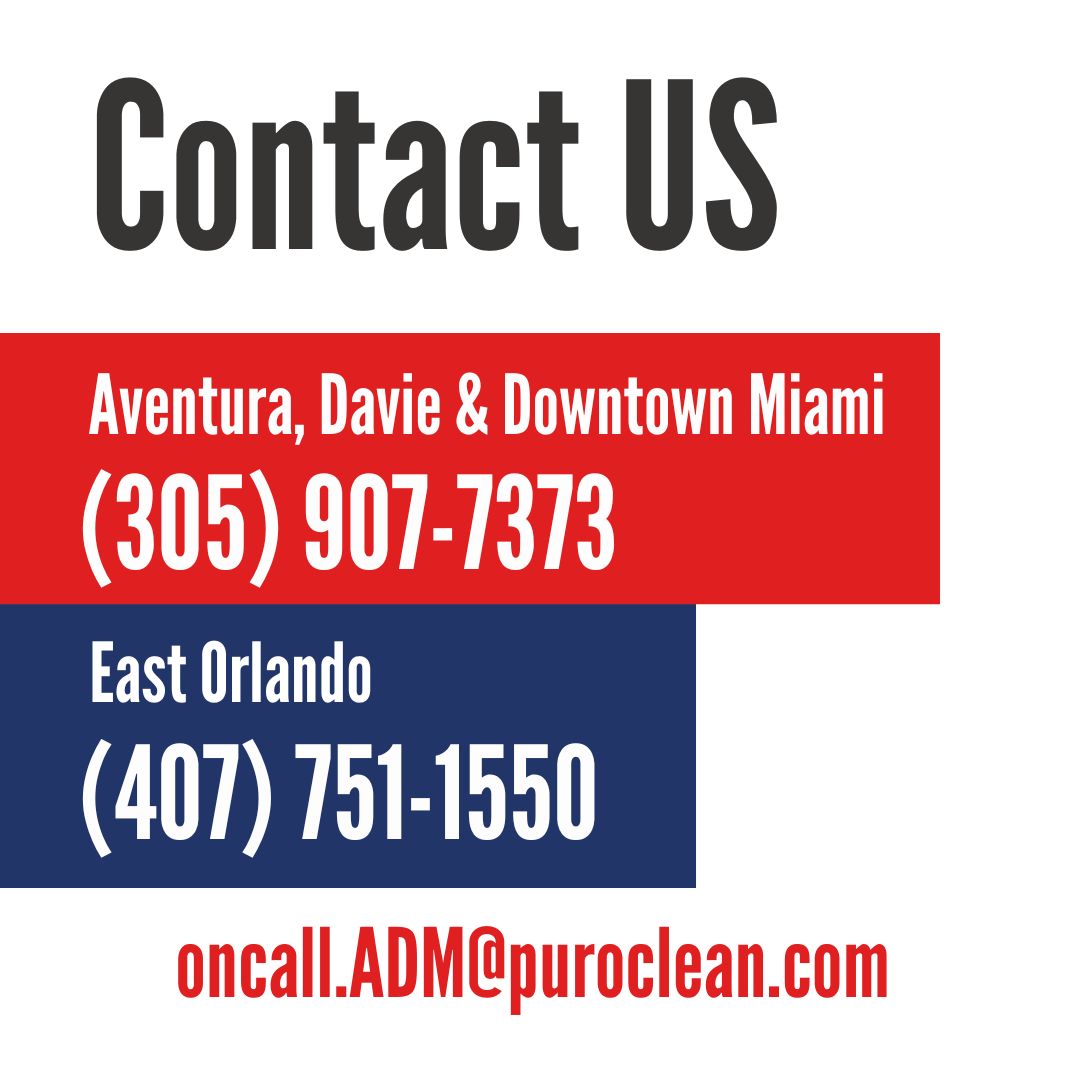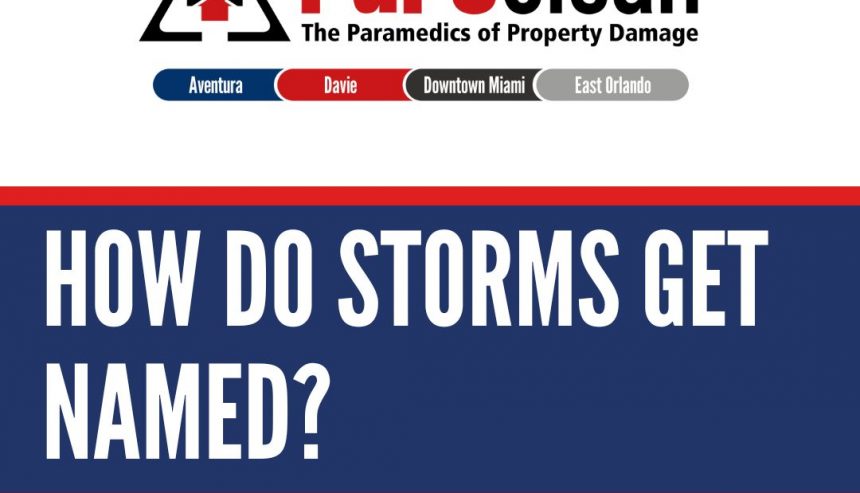Storm names are more than just labels—they’re powerful tools for communication and emergency preparedness. As storm season ramps up in Florida, residents across Aventura, Davie, Downtown Miami, and East Orlando are tuning in to weather updates that often begin with a name. But how do these storms get their names, and what does it mean when one is headed your way?
How Do Storms Get Named?
As storm season ramps up in Florida, residents across Aventura, Davie, Downtown Miami, and East Orlando are tuning in more frequently to weather updates. It’s during this season that we hear names like “Alberto,” “Beryl,” or “Chris” in news reports and emergency broadcasts. These names become synonymous with high winds, flooding, and emergency preparedness. But have you ever stopped to wonder: how do storms get their names, and what does it mean when one is headed your way?
Who Is Responsible for Naming Storms?
The naming of tropical storms and hurricanes is overseen by the World Meteorological Organization (WMO). This United Nations agency plays a key role in international cooperation around climate and weather forecasting. Each year, the WMO prepares a list of names for the Atlantic hurricane season that rotates every six years. These lists include a mix of male and female names and represent a variety of languages and cultures used in the region.
For instance, the Atlantic list for 2024 includes names such as Debby, Ernesto, Helene, and Kirk. If a storm causes substantial damage or loss of life, its name is retired from future lists out of respect for victims and to avoid confusion in historical references. Here’s the current list of storm names from the National Hurricane Center.
Why Do We Name Storms?
The concept of naming storms isn’t just for media appeal. It’s a strategic communication tool. Before the naming system was standardized, storms were identified by latitude and longitude coordinates. This method was not only cumbersome but prone to miscommunication, especially during emergency response efforts.
Using names makes it easier for meteorologists, government officials, and the public to communicate about storms clearly and quickly. When a storm like Hurricane Ian is mentioned, there’s immediate recognition of the event’s severity and history. This clarity helps with everything from public safety announcements to insurance claims and disaster response logistics.
When Does a Storm Receive a Name?
Not every swirl of clouds in the Atlantic earns a name. A storm must reach a specific classification before it is given one. When a tropical disturbance strengthens into a tropical storm, with sustained wind speeds of 39 miles per hour or more, it qualifies for a name. If it further intensifies into a hurricane (winds at 74 mph or more), the name sticks with it through its entire lifecycle.
The storm names are assigned in alphabetical order throughout the season. In years where the number of storms exceeds the list (which happened in 2005 and 2020), the WMO now uses a supplemental list of names to continue naming storms beyond the original 21.
Florida and Storm Names: A Special Concern
Florida’s geography places it directly in the path of many Atlantic storms. From the coastlines of Aventura to the neighborhoods of East Orlando, communities have experienced the aftermath of major hurricanes like Andrew (1992), Irma (2017), and Ian (2022). Each of these names now carries a heavy emotional and economic weight for Floridians.
In Davie and Downtown Miami, flooding and wind damage are common during even lower-category storms. In East Orlando, inland flooding, power outages, and infrastructure strain can be severe. When you hear a storm name in the forecast, especially in Florida, it’s not just a title—it’s a call to prepare.
Inside Tip: How to Prepare for a Named Storm
Hurricane preparedness is crucial. When a named storm is forecasted to potentially impact your area:
- Stock up on water, non-perishable food, and medications
- Check and test your home’s emergency generator
- Secure outdoor furniture and loose items
- Review your insurance policies
- Stay tuned to the National Hurricane Center and your local government for real-time updates
Preparation doesn’t just help during the storm—it can significantly reduce damage and speed up recovery afterward.
PuroClean: Florida’s Trusted Partner After the Storm
At PuroClean of Aventura, PuroClean of Davie, PuroClean of Downtown Miami, and PuroClean of East Orlando, we’re always ready to respond once a storm has passed. Our teams are trained in water damage restoration, mold remediation, biohazard cleanup, and storm recovery services.
We understand that after the storm is named and gone, what remains is a mess that needs urgent attention—whether that’s soaked drywall, damaged flooring, or microbial growth due to lingering moisture.
To learn more about our services in your area, visit:
Our rapid response can help minimize the effects of storm damage and get you back on your feet faster.
Final Thoughts
Storm Names are rooted in clarity, safety, and preparedness. While the process is systematic, the outcomes of those names can vary dramatically. For Floridians, each storm name is a reminder of the importance of planning, resilience, and having a restoration partner like PuroClean you can count on.
If a storm is named this season, don’t just watch it unfold—be ready. And know that when the skies clear, PuroClean will be ready to help.





 PuroClean of Aventura
PuroClean of Aventura